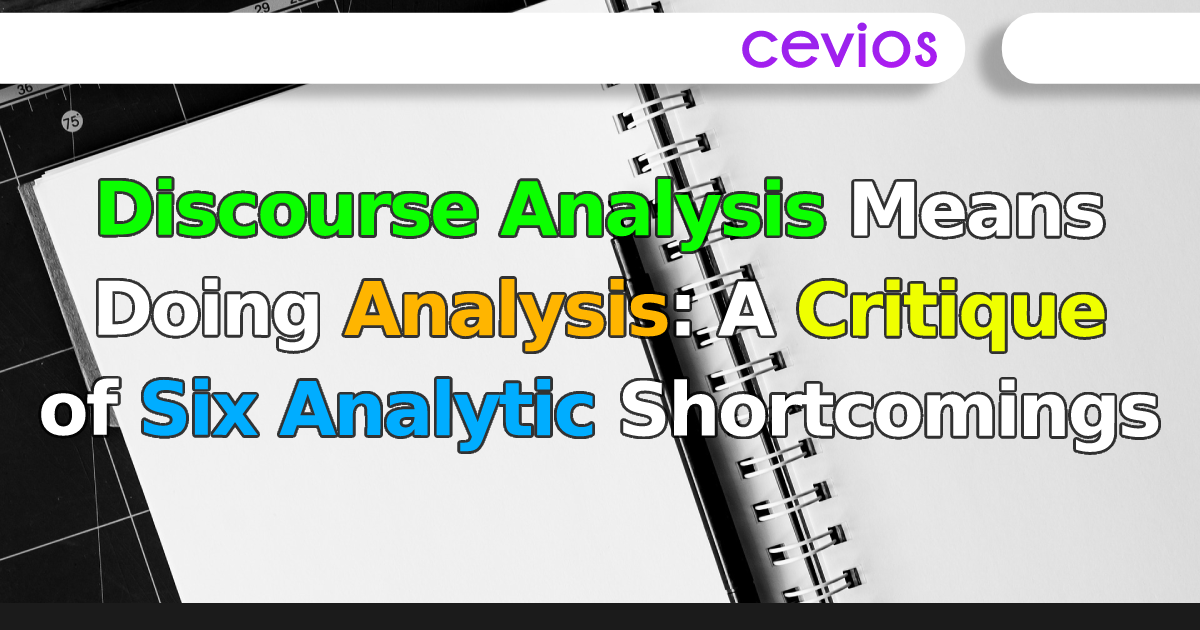This chapter is structured in terms of questions and answers. There are several reasons for adopting this format. First, people often consult a handbook to find the answers to questions so the format may simplify this task. Second, most constructionist approaches place a considerable emphasis on dialogue and question-answer sequences are dialogue in one of…










